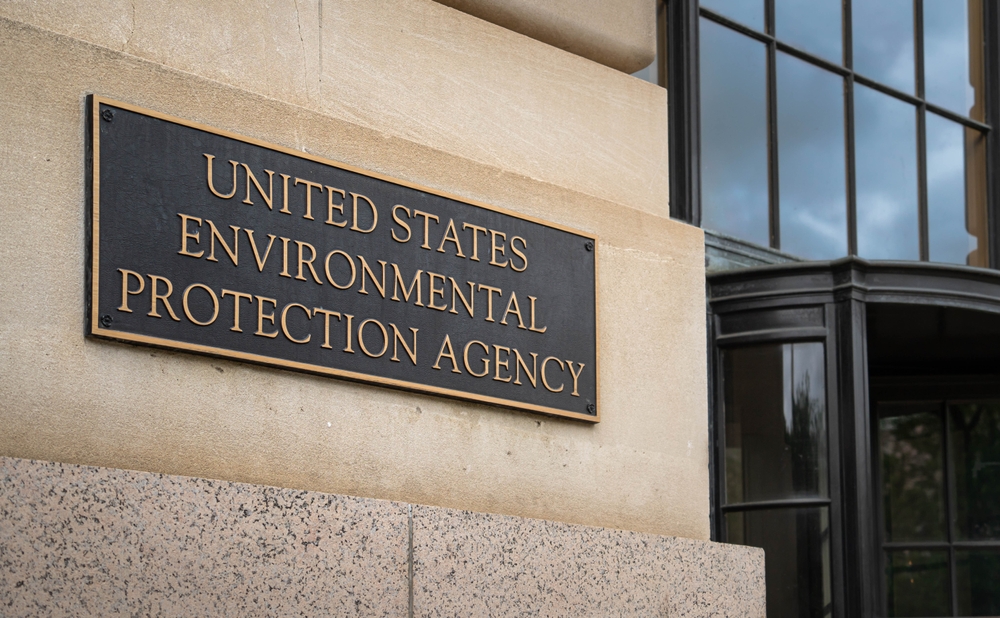After all the negative news surrounding the airline industry lately, here’s some positive news: Harbour Airlines, the largest seaplane airline in North America, has announced that it will convert all of its seaplanes into electric aircraft.
The airline will start by electrifying six passenger planes later this year, and if all goes well, the company will convert its entire fleet. Mainly it will target flights under 1,000 miles, like it makes between Seattle and Vancouver hubs.
Now it may not sound like a big deal that a small airline that covers short distances is swapping gas-powered engines for electric ones, but get this: 75 percent of worldwide airline flights are made up of “middle mile” trips like the ones Harbour Airlines is making. Harbour Airlines certainly isn’t the only company looking to go electric.
Earlier this year, Boeing completed the first test-flight of its autonomous electric aircraft. Uber hopes to get a hybrid-electric flying taxi off the ground around 2023, and NASA has an electric aircraft “testbed” in Ohio. We’ll see who flies past the finish line first.











